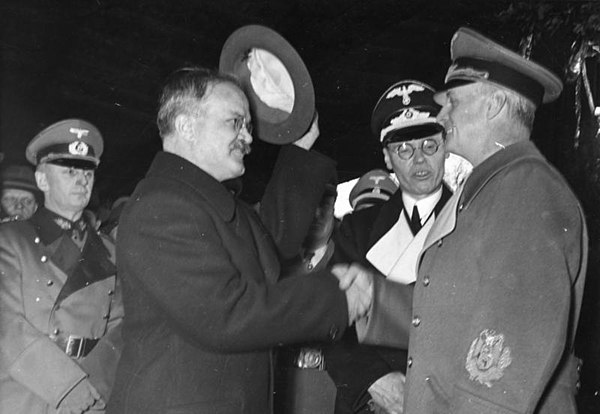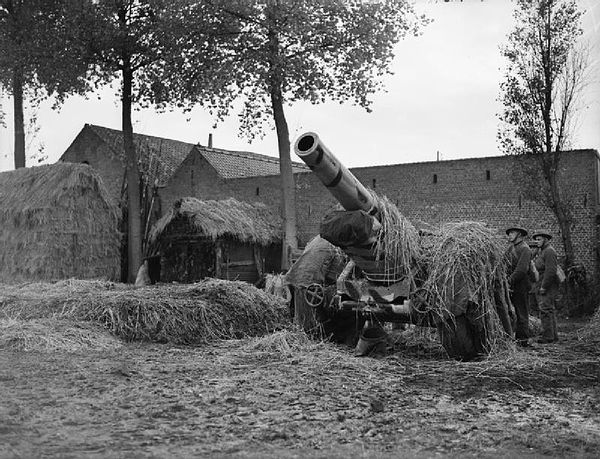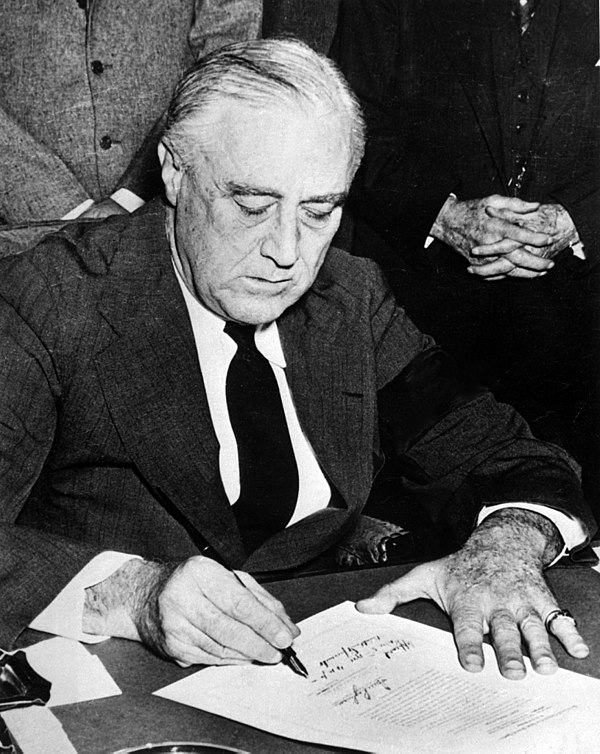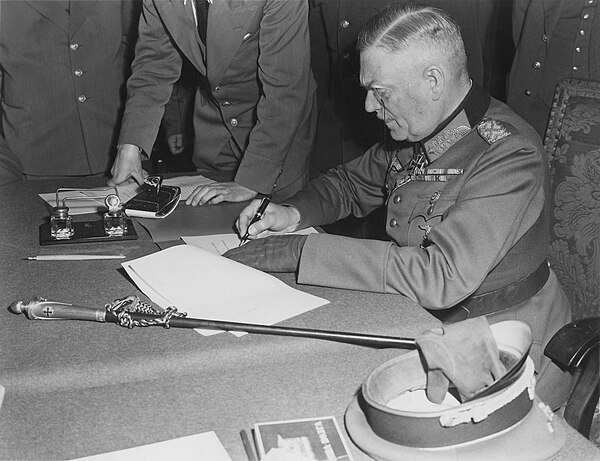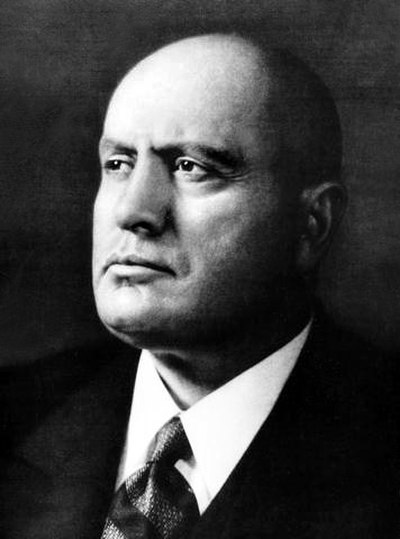第一次世界大战彻底改变了欧洲的政治版图,包括奥匈
帝国、
德国、
保加利亚和
奥斯曼帝国在内的同盟国的战败,
以及 1917 年布尔什维克在俄罗斯夺取政权,从而导致了
苏联的成立。
联盟。与此同时,
法国、比利时、
意大利、
罗马尼亚和
希腊等一战战胜国获得了领土,奥匈帝国、奥斯曼帝国和
俄罗斯帝国的崩溃建立了新的民族国家。为了防止未来发生世界大战,国际联盟在 1919 年巴黎和会期间成立。该组织的主要目标是通过集体安全、军事和海军裁军以及通过和平谈判和仲裁解决国际争端来防止武装冲突。尽管第一次世界大战后和平主义情绪强烈,但同一时期一些欧洲国家却出现了民族统一主义和复仇主义民族主义。由于《凡尔赛条约》造成了重大的领土、殖民地和财政损失,这种情绪在德国尤为明显。根据该条约,德国失去了约 13% 的本土领土和所有海外领地,同时禁止德国吞并其他国家,实行赔偿,并对该国武装部队的规模和能力进行限制。1935年4月,
英国、法国和意大利组成斯特雷萨阵线,以遏制德国,这是军事全球化的关键一步;然而,那年六月,英国与德国达成了一项独立海军协议,放宽了之前的限制。苏联对德国占领东欧大片地区的目标感到担忧,与法国起草了一项互助条约。然而,在生效之前,法苏条约需要经过国际联盟的官僚机构,这使其基本上失去了效力。
美国出于对欧洲和亚洲局势的关注,于同年8月通过了《中立法案》。1936 年 3 月,希特勒公然违抗《凡尔赛和洛迦诺条约》,在莱茵兰重新军事化,但由于绥靖政策,几乎没有遇到任何反对。1936年10月,德国和意大利组成罗马-柏林轴心。一个月后,德国和
日本签署了《反共产国际条约》,意大利于次年加入该条约。
中国国民党在1920年代中期发起了针对地区军阀的统一运动,名义上统一了中国,但很快就卷入了针对其前中国共产党盟友和新的地区军阀的
内战。1931年,日益军国主义的日本帝国长期以来一直寻求在中国施加影响力,以此作为其政府统治亚洲的第一步,它以“九一八事变”为借口入侵满洲并建立傀儡政权。满洲国。中国呼吁国际联盟阻止日本侵略满洲。日本因入侵满洲而受到谴责后退出了国际联盟。随后两国在上海、热河、河北等地进行了多次战斗,直至1933年签订《塘沽停战协定》。此后,中国志愿军继续在满洲里、察哈尔、绥远等地抗日。1936年西安事变后,国共两军同意停火,结成
抗日统一战线。


